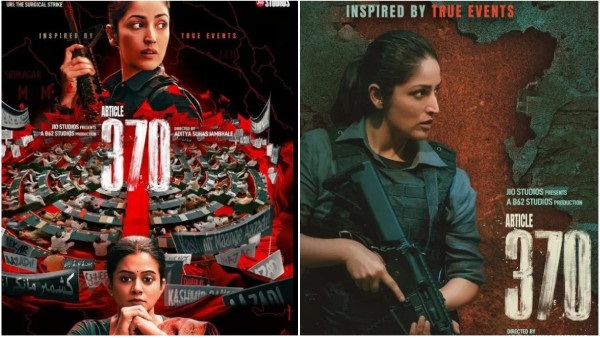One notable aspect of the film is its portrayal of government offices, where the familiar images of Gandhi and Nehru are conspicuously absent from the walls. Instead, the filmmakers have chosen to depict portraits of Bose and Patel, signifying a departure from conventional narratives.
In a withdrawal from traditional hero-centric storylines, the creators of ‘Article 370’ have deliberately avoided glorifying any particular character. The film’s writer openly stated his reluctance to venerate individuals who did not align with his ideals, echoing perhaps a broader sentiment within the creative team.
Beyond artistic liberties, the film adheres closely to factual events, meticulously weaving a narrative that spans from the origins of the Kashmir conflict to the eventual abrogation of Article 370. Each plot point serves as a reflection of the intricate web of religious and political tensions that have long defined the region.
Furthermore, ‘Article 370’ serves as an educational tool, elucidating the legal intricacies surrounding its subject matter in layman’s terms. The film sheds light on the meticulous planning and preparation undertaken prior to the revocation, dispelling misconceptions about the ease with which such monumental decisions are made.
In essence, ‘Article 370’ stands as a testament to meticulous research and thoughtful storytelling. Unlike its contemporaries, it refrains from pandering to nationalist sentiments or resorting to jingoistic rhetoric. Instead, it presents a nuanced portrayal backed by years of diligent research.
For audiences seeking an insightful and well-crafted cinematic experience, ‘Article 370’ is undoubtedly a must-watch.


Comments are closed.